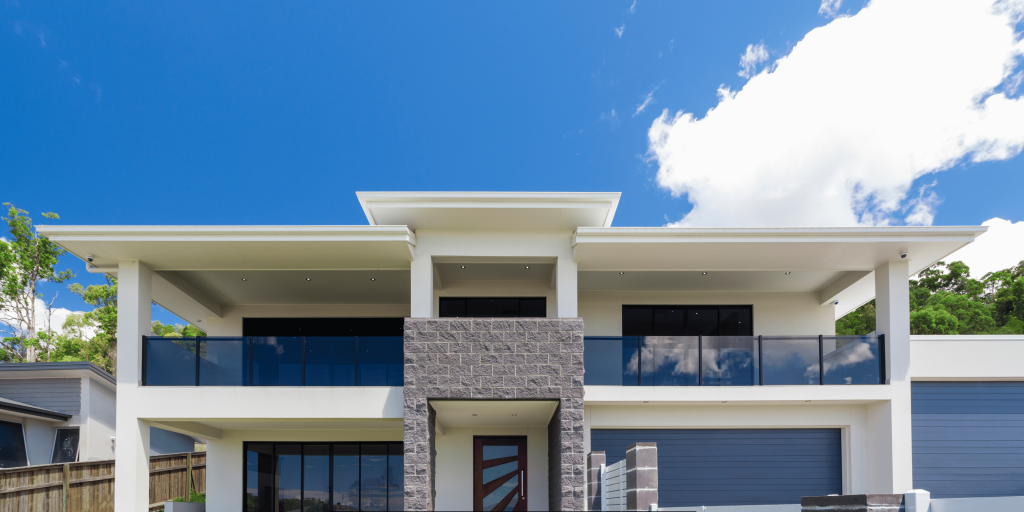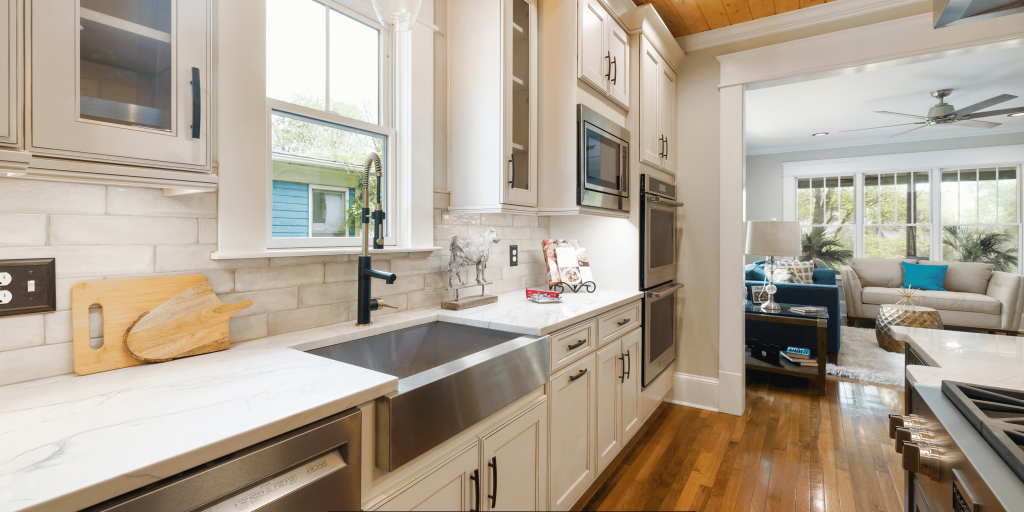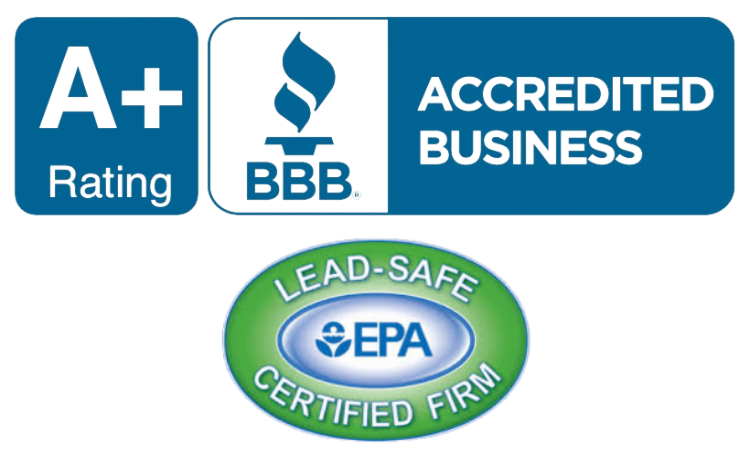Painting the interior of a house with exterior paints may not be best with most interior style trends. Siding paints are distinctively different from wall paints and may contain less than suitable elements for indoor use. This may be possible in some situations, however. Looking at the breakdown, here is what you need to know about whether or not you can use exterior paint inside your home.
Properties of Exterior Paint
Exterior paint was created for a rugged indoor application against environmental factors like sunlight and moisture.

Some fundamental properties include:
Robustness – Designed to be used for many years outside in different seasons and possibly in multiple types of climates. It can also be denser and longer lasting than the internal paints.
UV Stability – It has added chemicals that will prevent harm from the sun’s UV rays.
Mold/Mildew Resistant: Surface mold and mildew are effectively subdued by fire retardants with biocides incorporated into the polymer matrix that are active outdoors at high humidity. Most interior paints do not even have biocides added to the product.
Glossier Surfaces: Exterior paints come in eggshell, satin, and semi-gloss, and on these surfaces, you can let the rain wash off dirt, pollen, dust, etc. They also come in flat or matte finishes commonly found in interior paints.
Factors to Consider If You Wish to Use Exterior Paint Indoors
Before using exterior paint inside your home, consider the following:
Odor/Fumes
Exterior paints contain petroleum solvents and biocide agents that present a relatively pungent smell during application and the drying cycle, compared to low/no VOC interior paints. Such fumes could be unpleasant to occupants inside the building. It is necessary to ensure that the rooms occupied always have proper ventilation.
Sheen Level
The exterior paints may come with a higher gloss than the interior paints, which some people may not like because they reflect in indoor lighting.
Washability
Exterior paint can be washed in a gentle manner; however, washing the exterior paint with a brush and other cleaning materials can mar the quality of the surface quickly.
Color Range
Exterior paint lines include a minimal range of ready-mix colors best suited to sunny outside conditions and not interior décor. Having the color matching in every room is even more costly.
Cost
Exterior formulations contain more chemicals than interior formulations and cost more per gallon than economy interior paints. Factor this into your budget.
When Can You Paint the Exterior Inside?
Here are some situations where using exterior paint indoors may work:

Basement Walls
The basement wall has two sides exposed to moisture and mold growth, like an at-grade wall. And therefore, you can apply mold/mildew-resistant exterior paint here.
Kids’ Rooms/Playrooms
Some of these are high traffic and high wear areas with a higher likelihood of having staining occur on the walls, which could be helped by using an exterior paint formulation.
Bathrooms/Laundry Rooms
Interior and exterior paint types vary considerably in their ability to handle moisture. Determine the finish based on the area to add to the overall look.
Ceilings
Because of their height, ceilings usually receive a paint job less often. If the exterior paint lasts well over several years, fewer repaints might be needed. Decrease the number of sheen options like eggshell or matte to improve the looks.
Accent Walls
Even the accented wall does not require much paint to be used. Therefore, the price difference in exterior paint can still be controlled. Due to its glossy finish and ability to protect from UV rays, this product is ideal for a statement feature wall.
Interior Masonry Surfaces
The interior walls of a building made from brick, concrete, cinder block, or stucco, also struggle with moisture like exterior masonry. Thus, exterior masonry paints fit these surfaces.
Trim/Doors/Cabinets
These surfaces are “high-touch zones” that could easily be scratched, stained, and marked up. Exterior paint’s protection is due to having a durable film that allows it to be occasionally cleaned/wiped without wear indicators presenting themselves for a while.
Furniture
For wooden and metal outdoor furniture that is moved indoors, you can do a simple paint touch up using the right exterior paint.
Overall, exterior paint is not intended to be used for interior areas. Still, for some specific applications, they can hold out very well and might work better than interior paint because of its durable properties. Things to consider are strong odor, appearance, washability, and the cost of the paint. Optimal adhesion will occur if you take care of the required prepping of the substrate and by applying primers. Paint a small portion of the wall so that you can test it before painting big surfaces of your walls. Use enough ventilation as you would use with any other paint. In some instances, exterior paint can be effectively used inside.

